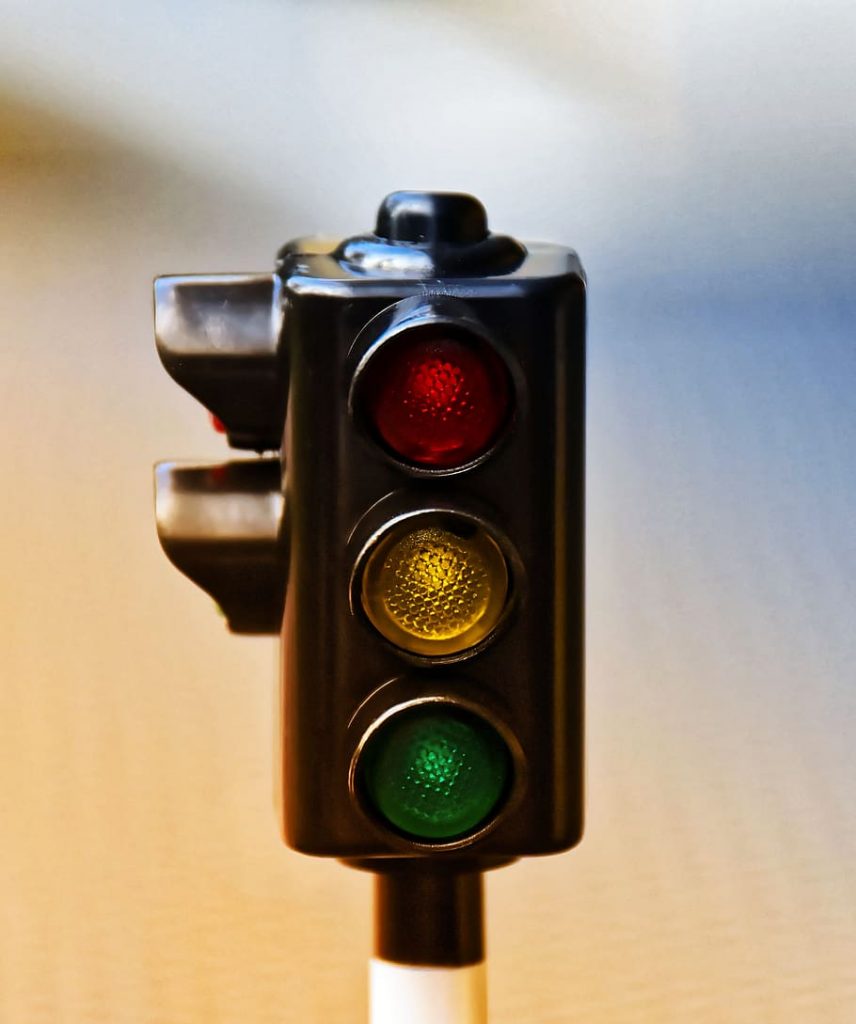Urban traffic has a direct impact on the quality of life of the inhabitants of large cities. It is evident that the process of urban population growth continues to increase, creating new population spaces on the periphery of cities. This brings with it an increase in the number of trips and daily commutes, which of course results in higher energy consumption and increased pollution.
For this reason, almost all major cities have vehicle counting systems and some essential elements to regulate traffic to try to make it as smooth as possible: traffic lights.
Traffic lights are fixed signaling elements consisting of three lights: red, amber and green according to color conventions, through which traffic flow is regulated. On December 9, 1868, the first traffic light was installed in London following the design of John Peake Knight. It needed a policeman to activate it. Until relatively recently, traffic lights regulating traffic at intersections followed fixed patterns.
Today, thanks to technological advances, most cities have implemented variable-action traffic light systems that regulate the timing according to the traffic density at any given moment.

The traffic light system in large cities
We must understand that traffic lights in a city do not act in isolation, but are connected to a large network that is controlled from a central office. From this location, the correct operation of the traffic light network and the general traffic conditions in each area of the town is regulated, and the user can interact with the different equipment at any time to change the programming if necessary.
The entire network of traffic lights in the cities is connected to monitoring software, so that if there is damage at an intersection, the control center receives an alarm that pinpoints the location of the problem. At each intersection where there are traffic lights there is a local controller, which is a kind of electronic programmer that coordinates the traffic lights at the respective intersection. It is the real control brain of the intersection, in charge of deciding the timing according to traffic volumes, pedestrians or predetermined parameters calculated on the basis of traffic studies.
The controllers are equipped with a control card where the programming of the intersection is recorded and also have software that allows connection to the central computer. Obviously, installing this equipment at street level means that it must be located in a secure space that allows it to be protected from atmospheric agents and vandalism. Delinte has been a reference company in the construction of road signaling cabinets for more than 30 years. In fact, lately we are also specializing in cabinets for SMART-CITIES management and control. Our cabinets are made of galvanized steel or stainless steel and have passed the most rigorous tests for resistance to water, dust and maritime environment.
Electrical metal cabinets and access control cabinets are some of the products most demanded by the companies we work for. To contact us simply call 916 77 03 64 or fill out the form on our website and we will contact you to inform you and provide you with the appropriate budget.
